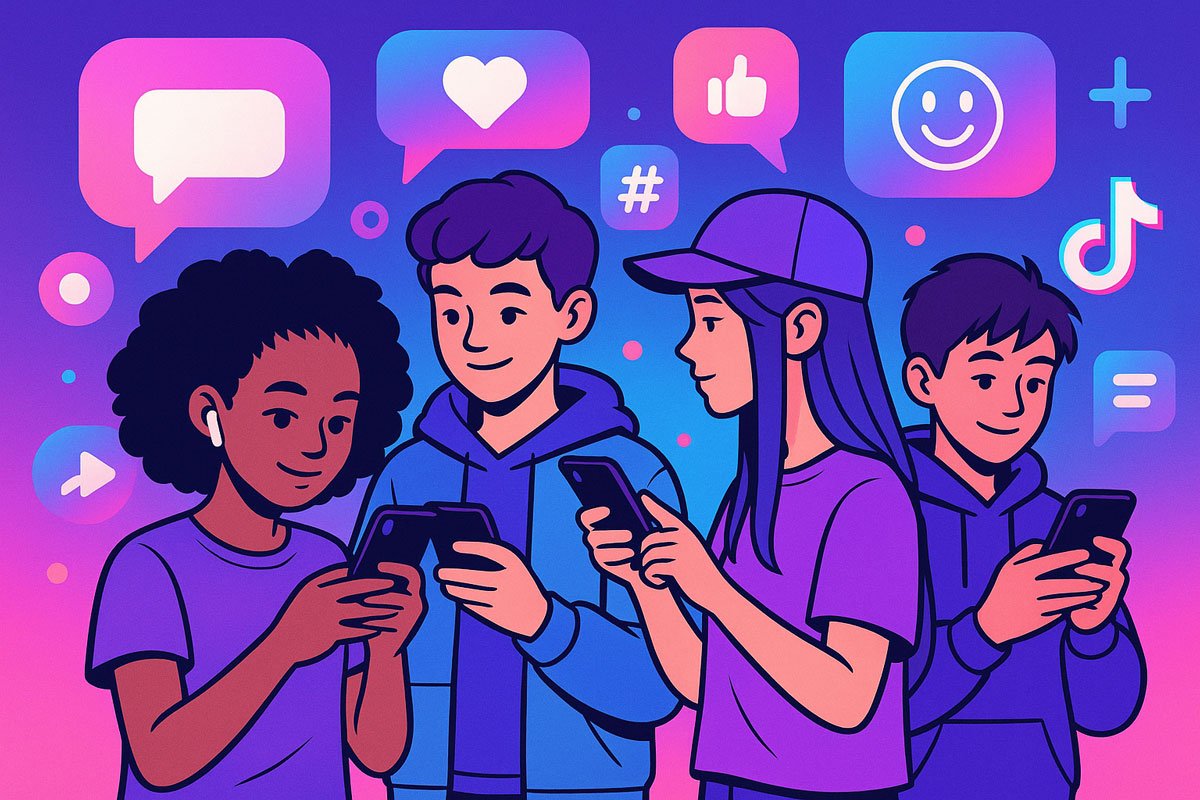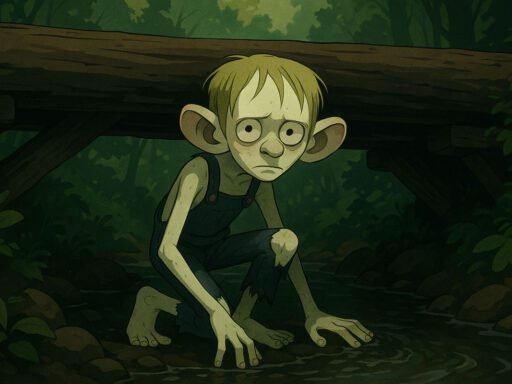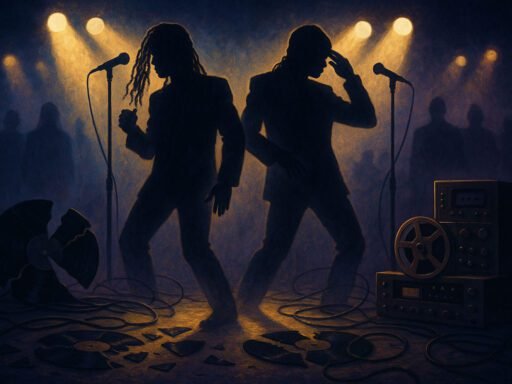If you’ve spent any time scrolling through TikTok lately, you might have stumbled across the term “chopped huzz” and found yourself completely baffled. Don’t worry – you’re not alone. This latest piece of Gen Alpha slang has been making waves across social media platforms, leaving parents, educators, and even some younger users scratching their heads.
The phrase has become increasingly common in comment sections, video captions, and everyday conversations among teens. But what exactly does chopped huzz mean, and why has it become such a phenomenon? Let’s break down everything you need to know about this viral term that’s reshaping how young people communicate online.
What Does Chopped Huzz Actually Mean?
Here’s the straightforward answer: “chopped huzz” is internet slang that describes someone (usually a girl or woman) who’s considered unattractive. It’s not exactly the kindest term, and that’s putting it mildly. The word combines “chopped” – which in this context means ugly or unattractive – with “huzz,” a slang derivative that has its own complicated history.
You’ll often see it shortened to just “chuzz” in texts and comments, which makes it even more confusing for anyone not in the know. The way people use chopped huzz varies wildly though. Sometimes it’s meant as harsh criticism, other times it’s used jokingly or even as self-deprecating humor. Context is everything with this one.
The Origins of Chopped Huzz
The story of chopped huzz starts with understanding where “huzz” came from in the first place. Back in 2023, popular Twitch streamer Kai Cenat started using “huzz” during his live streams. He was basically looking for a way to reference women without using more explicit language, and “huzz” became his go-to term.
Fast forward to late 2024, and TikTok users began creating viral content around the term. The real breakthrough moment came when people started making videos approaching random groups of girls with the greeting “Greetings and salutations Huzz.” These videos exploded in popularity, and suddenly everyone was talking about huzz. From there, it was only a matter of time before variations like “chopped huzz” started appearing.
How Chopped Huzz is Used on Social Media
Walk through any high school hallway or scroll through TikTok comments, and you’ll see chopped huzz being used in completely different ways. Some teens have embraced it as a form of self-roasting – calling themselves “chopped huzz” before anyone else can. It’s like verbal armor, deflecting potential criticism with humor.
But here’s where things get problematic. The term is also weaponized as a straight-up insult. You’ll see it thrown around in comment sections, used to tear down other users’ appearance. This darker usage has sparked important conversations about cyberbullying and the impact of appearance-based insults on social media platforms.
Related Terms in the Huzz Family
Once “huzz” took off, it was like opening the floodgates for creative variations. The internet being the internet, users quickly started experimenting with different prefixes and meanings. “Duzz” emerged to describe a “decent huzz” – someone who’s reasonably attractive. “Muzz” refers to a “majestical huzz” – basically someone who’s stunning.
The creativity doesn’t stop there. “Bruzz” became the term for referring to a group of guys (think “bros” but with that signature Gen Alpha twist), while “gruzz” is used for older people – a playful nod to grandparents. It’s fascinating to watch how quickly these linguistic innovations spread and evolve across different social media platforms.
The Cultural Impact of Chopped Huzz
The popularity of “chopped huzz” is a testament to the power of Gen Alpha to shape internet culture. This generation, born between the early 2010s and the mid-2020s, has grown up in a world where social media is ubiquitous, and their influence on language and trends is undeniable.
The term has also raised concerns among parents and educators, who worry about the impact of such language on young people’s self-esteem and mental health. The rise of terms like “chopped huzz” highlights the growing communication gap between generations and the challenges of navigating the ever-changing landscape of online slang.
Why This Term Matters in Internet Culture
“Chopped huzz” is more than just a passing trend; it’s a reflection of how social media is fundamentally changing the way we communicate. The rapid creation and dissemination of new slang terms on platforms like TikTok are accelerating linguistic evolution, creating a dynamic and often exclusionary form of language.
The term also highlights the generational divide in communication. While older generations may struggle to keep up with the latest slang, for Gen Alpha, it’s a native language, a way of building community and identity in the digital world.
Navigating Chopped Huzz in Real Life
For parents and educators, understanding the context and intent behind terms like “chopped huzz” is crucial. Rather than simply banning the use of such language, it’s more effective to have open conversations about its meaning and impact. By building bridges across generational language barriers, we can foster a more inclusive and understanding online environment.
It’s also important to recognize that not all use of the term is malicious. In many cases, it’s used as a form of in-group humor or self-deprecation. By understanding the nuances of how the term is used, we can better navigate the complexities of online communication.
The Future of Internet Slang Like Chopped Huzz
The rise and fall of viral slang terms is a constant cycle in internet culture. While “chopped huzz” may eventually fade into obscurity, the patterns of its creation and spread offer valuable insights into the future of online language. As new platforms and technologies emerge, we can expect to see even more rapid and creative forms of linguistic evolution.
The lasting impact of Gen Alpha’s language will likely be felt for years to come. By paying attention to the trends and terminology that emerge from this generation, we can gain a better understanding of the future of communication in our increasingly digital world.






